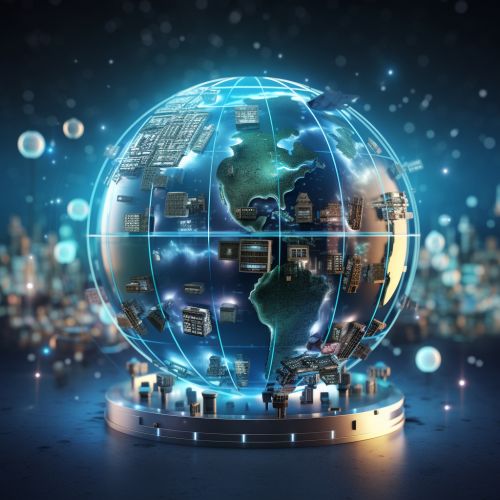Evolution of Communication
Prehistoric Communication
Early humans communicated primarily through sounds and gestures. The development of language, both spoken and written, was a fundamental step in human evolution. The invention of symbolic communication, such as the use of pictograms and signs, marked the transition from prehistoric to ancient civilizations.


Ancient Civilizations and Communication
The ancient civilizations of Mesopotamia, Egypt, China, and the Indus Valley all developed systems of writing. These systems, such as cuneiform in Mesopotamia and hieroglyphs in Egypt, allowed for more complex communication and record-keeping.
The Impact of the Alphabet
The invention of the alphabet by the Phoenicians in the 2nd millennium BC was a significant milestone in the evolution of communication. The alphabet made writing and reading accessible to more people, leading to an increase in literacy and the spread of ideas.
The Role of the Printing Press
The invention of the printing press by Johannes Gutenberg in the 15th century revolutionized communication. It made books more affordable and accessible, leading to a surge in literacy rates and the spread of knowledge.


The Telegraph and the Telephone
The 19th century saw the invention of the telegraph and the telephone. These inventions allowed for instant communication over long distances, transforming society and business.
The Internet and Digital Communication
The invention of the internet and digital communication technologies in the late 20th century has had a profound impact on communication. It has enabled instant, global communication and has transformed all aspects of society, from business and politics to social interactions and culture.


Future of Communication
The future of communication is likely to be shaped by advances in technology, such as artificial intelligence, virtual reality, and quantum computing. These technologies have the potential to further transform how we communicate, both with each other and with machines.
